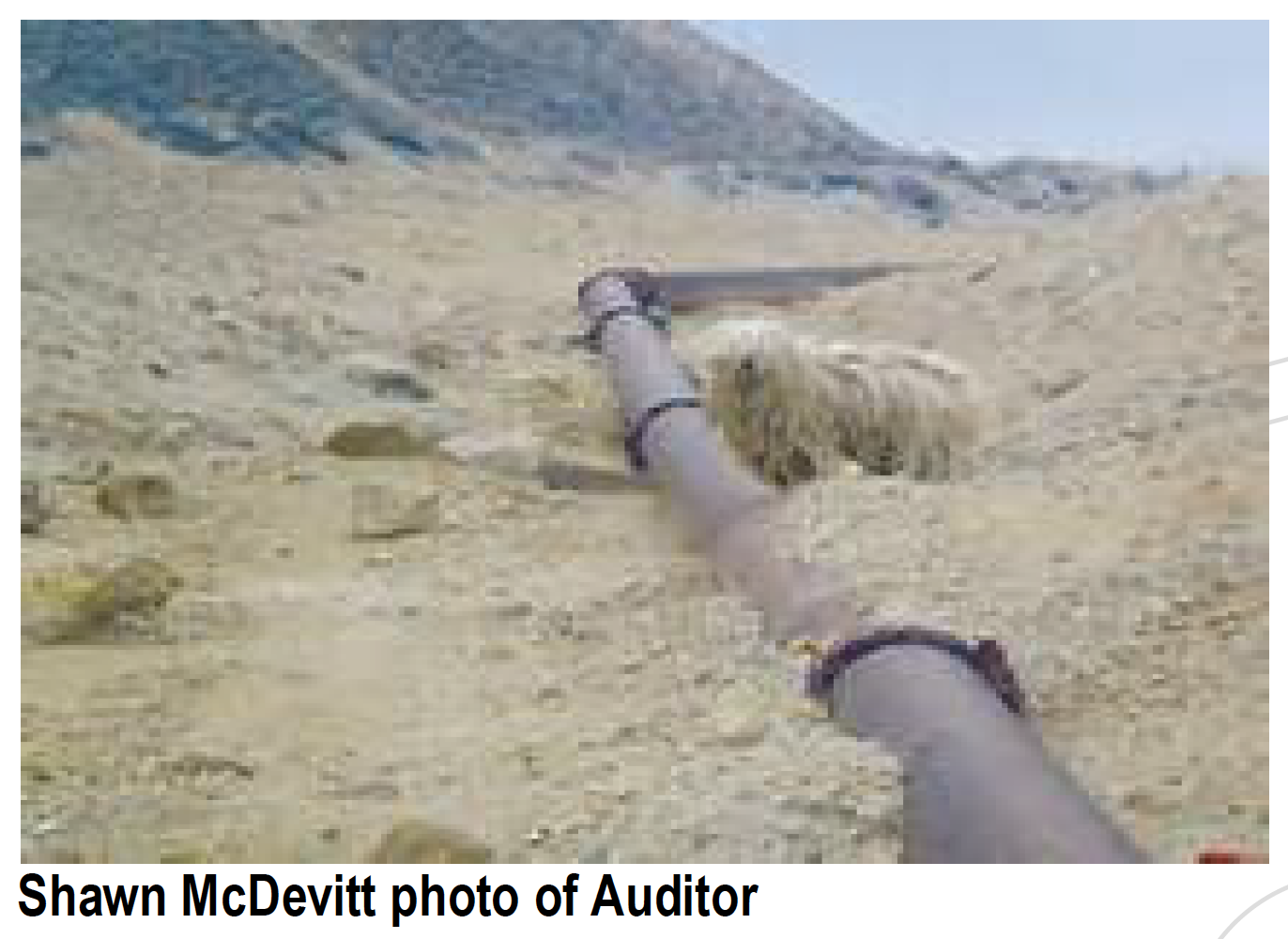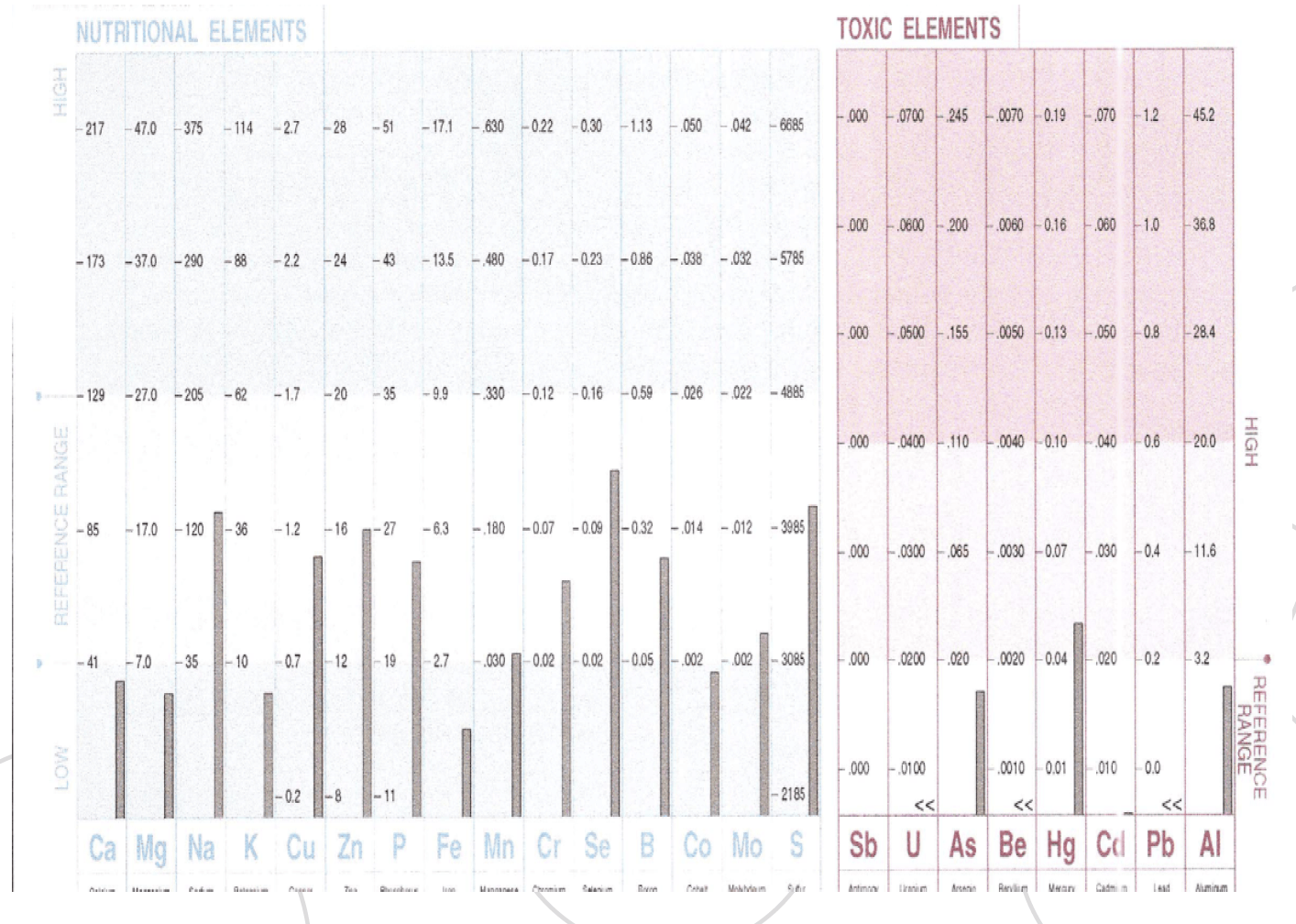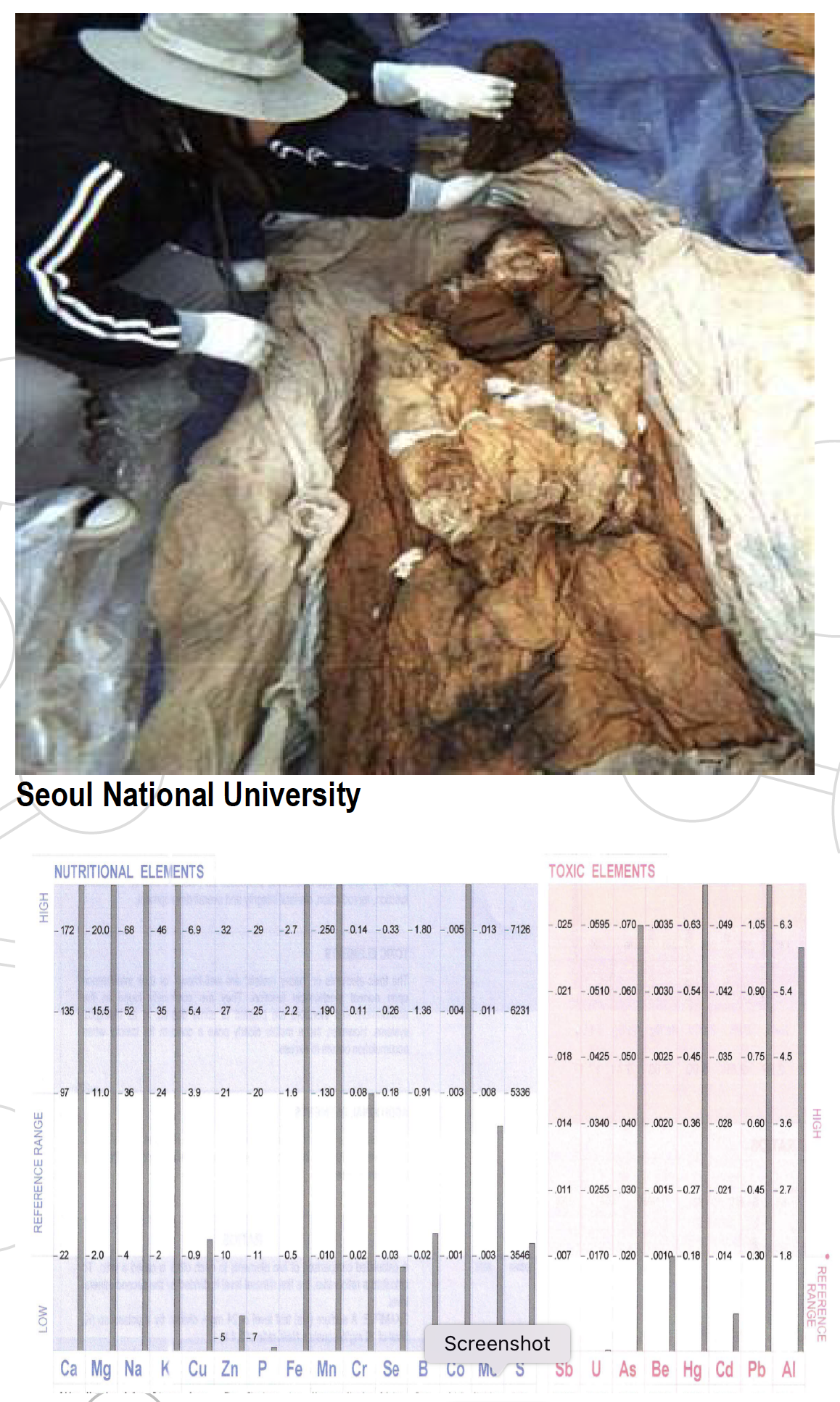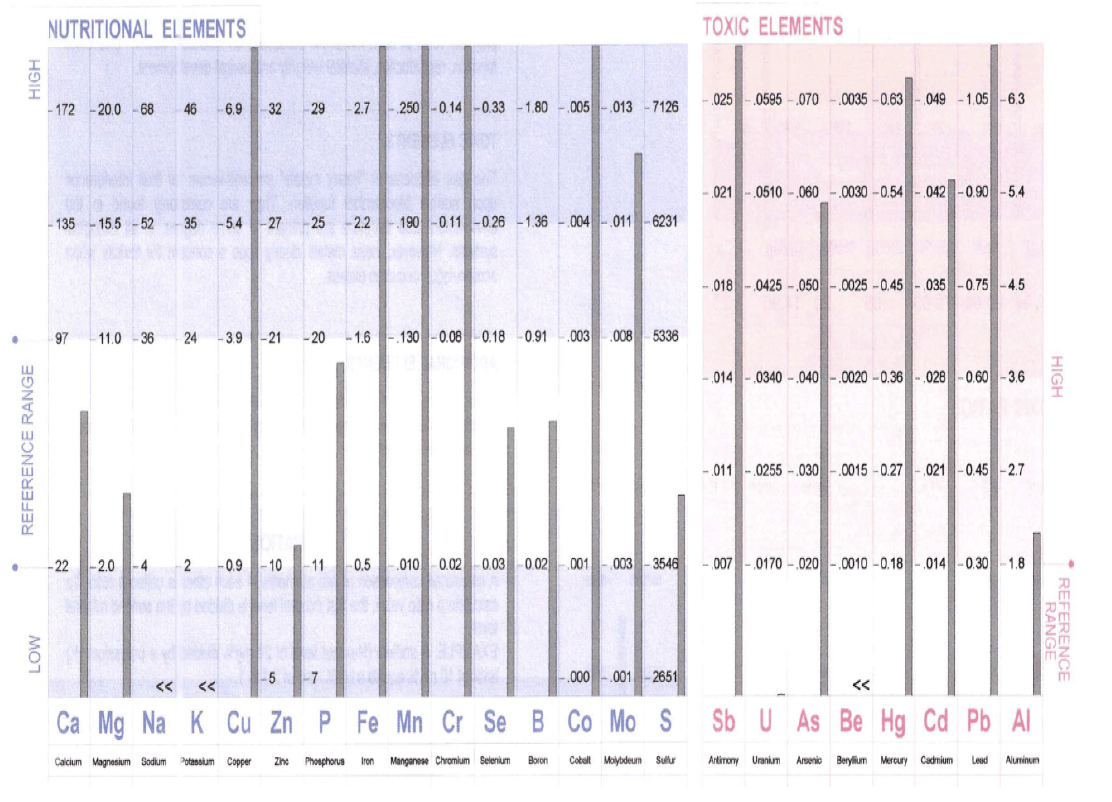Hair Trace Elements Environmental and Archeological Studies
Hair tissue mineral analysis (HTMA) has been used to determine the impact of minerals found in the environment as well as studying archeological or historical specimens. Environmental examples include the use of HTMA by the U.S. Environmental Protection Agency (EPA), pollution and correlation of soil mineral content in local populations, pre and postnatal effects of mercury exposure, the effects of dietary changes in healthy populations and industrial pollution from accidental and intentional dumping. Archeological studies include analysis of the hair mineral content of Napoleon, Andrew Jackson, the Neolithic iceman, Egyptian mummies and bog mummies of Northern Europe. Over the years Trace Elements has worked with individuals, groups and organization conducting various research projects including the environmental and archeological fields.
Environmental Studies
One environmental study was unique in that it was inspired by a canine. Trace Elements was contacted by Dr. Holly Peterson,
Professor of Environmental Engineering at Montana Tech in Butte, Montana about performing an analysis on a canine. However, this was no ordinary canine, but a dog that had been living and surviving in one of the most environmentally toxic wastelands in the U.S., in Butte, Montana.
Butte, was once a thriving mining town and had a population upwards of hundred-thousand people. The mine in Butte had
produced the most copper of any mine in North America and was responsible for supplying copper for the wiring of most homes
across America. The mine was so prosperous it was called the “Richest Hill on Earth”. Eventually the mine was shuttered and
since then has become the largest superfund site in America. Today the population of Butte is about 25,000.

The photo above shows the open pit that has now filled with water as well as the surrounding area near the city of Butte. There
are extensive tailings from the mining operations that are blown by winds for great distances from the mine. Water runoff is also
spreading contamination into nearby rivers and streams. Water accumulating in the Berkeley Pit seen in the photo has been rising
since the mine was closed and the water pump stations were shut down. Depth of the newly formed lake is now over one-thousand feet deep, over a mile wide and contains over 40 billion gallons of toxic water. Due to the extensive contaminates in the water, the pH ranges from 2.5 to 3.0.
Dr. Peterson heard stories about a stray dog that had apparently been abandoned and living in the area for years. The few workers
at the mine would occasionally see the dog and give it food scraps. Since it would disappear for weeks and show up unexpectedly the miners decided to name the dog Auditor. They even built a small shelter that Auditor would use occasionally but generally Auditor was a loner and mostly avoided people. The fact that Auditor was a resident of the pit intrigued Dr. Peterson who eventually tracked down Auditor and was able to obtain a sample of hair for testing.

As can be seen from the HTMA test results of Auditor below, extensive heavy metals and toxic elements were found. In addition, we can also see the comparison of a typical household pet that has not been exposed to such a toxic environment.

Dr. Peterson then launched her project of collecting samples for analysis of hundreds of pets in and around the town of Butte to screen for metals present in residences homes and yards. The results found high amounts of heavy metals in pets living near Butte compared to other locations and communities. The differences found in Butte provided information about where the EPA cleanup was effective and where it was not, or had not been performed. Dr. Peterson’s study was published in the Intermountain Journal of Sciences. Holly G. Peterson and Melody A. Madden http://www.intermountainjournal.org/toc/vol12num1-2.html June, 2006. Development of a New Biomonitoring Technique Using Domestic Pets as Sentinel Species.

Although Auditor has since passed away, he is remembered not only a as a resident of Butte but also a symbol of the hardships the town has seen over the years, as well as being instrumental in the desire to do the environmental study using canines as sentinels for biomonitoring of the local environment. Through the efforts of Dr. Peterson and others, a statue of Auditor was commissioned and stands as a monument of his inspiration to the people of Butte and to environmental causes everywhere.
Archeological Studies
We were contacted by our Korean representatives (TEI Korea) about performing hair element testing on mummified remains that were unearthed during excavations in South Korea. The first study involved a child approximately 5 years of age who lived during the 16th century. Korean societies did not intentionally mummify bodies, however due to the burial practices and the climatic conditions of the region and the type of burial casket used the body was well preserved. Based upon the type of burial and clothing it was concluded that the child may have been from a royal family.

We can see from the graph above the extensive heavy metals present in the hair sample as well as some nutrient minerals that can be considered toxic at the levels found. Of note is the markedly low zinc level. This would suggest the child had a markedly compromised immune system. The low zinc/copper ratio would suggest a potential serious viral condition and the elevated iron/copper would also suggest a possible chronic bacterial infection.
Korean child mummy holds clues to disease
As the Korean child mummy was well preserved with the organs relatively intact, a South Korean and Israeli scientific team were able to obtain liver samples for study. They performed genetic analysis on the tissue and found a unique hepatitis B virus (HBV) genotype C2 sequence that is commonly found in Southeast Asia. This is the first time hepatitis B has been spotted in a mummified body. In South Korea, about twelve percent of the population are hepatitis carriers, which is more than double the world average. An individual exposed to HBV will typically recover from the infection after a few months. However, chronic infections can last a lifetime, causing scarring of the liver, liver cancer or failure and is responsible for about 1 million deaths each year.
Using modern-day molecular genetic techniques, the researchers compared the ancient DNA sequences with contemporary viral genomes disclosing distinct differences. The changes in the genetic code are believed to result from spontaneous mutations during the virus’ evolutionary process. Based on the observed mutations rates over time, the analysis suggests that the reconstructed mummy's hepatitis B virus DNA had its origin between 3,000 to 100,000 years ago. Additional analysis of the ancient HBV genomes may be used as a model to study the evolution of chronic hepatitis B and help understand the spread of the virus, possibly from Africa to East-Asia. It also may shed further light on the migratory pathway of hepatitis B in the Far East from China and Japan to Korea as well as to other regions in Asia and Australia where it is a major cause of cirrhosis and liver cancer.
Interestingly, we were also asked to perform another archeological hair analysis by a group working with National Geographic. The hair sample was obtained from a Chinese male approximately thirty years of age whose body was found preserved for almost two hundred years in the Nevada desert. Apparently the body is one of the many Asian workers who came to America to work and help build railroads across the continent.

We can see from the test results the presence of excessive levels of heavy metals. However, most interesting is the low zinc and very low zinc/copper ratio similar to the results found in the Korean mummy. This would suggest similar health issues may have been present in both individuals.
The HTMA studies of these distant individuals reveal a similar mineral pattern. The samples are both from Asians which may account for the similarities seen in the zinc/copper patterns suggesting similar health issues. Of course the HTMA cannot assess the presence of HBV, but the zinc/copper patterns are suggestive of an underlying viral condition in both. The mineral pattern suggests that both individuals may have been exposed to the hepatitis B virus even though they lived in different centuries and continents.
This Article originally published by Trace Elements
All Rights Reserved | The Master Survivor


